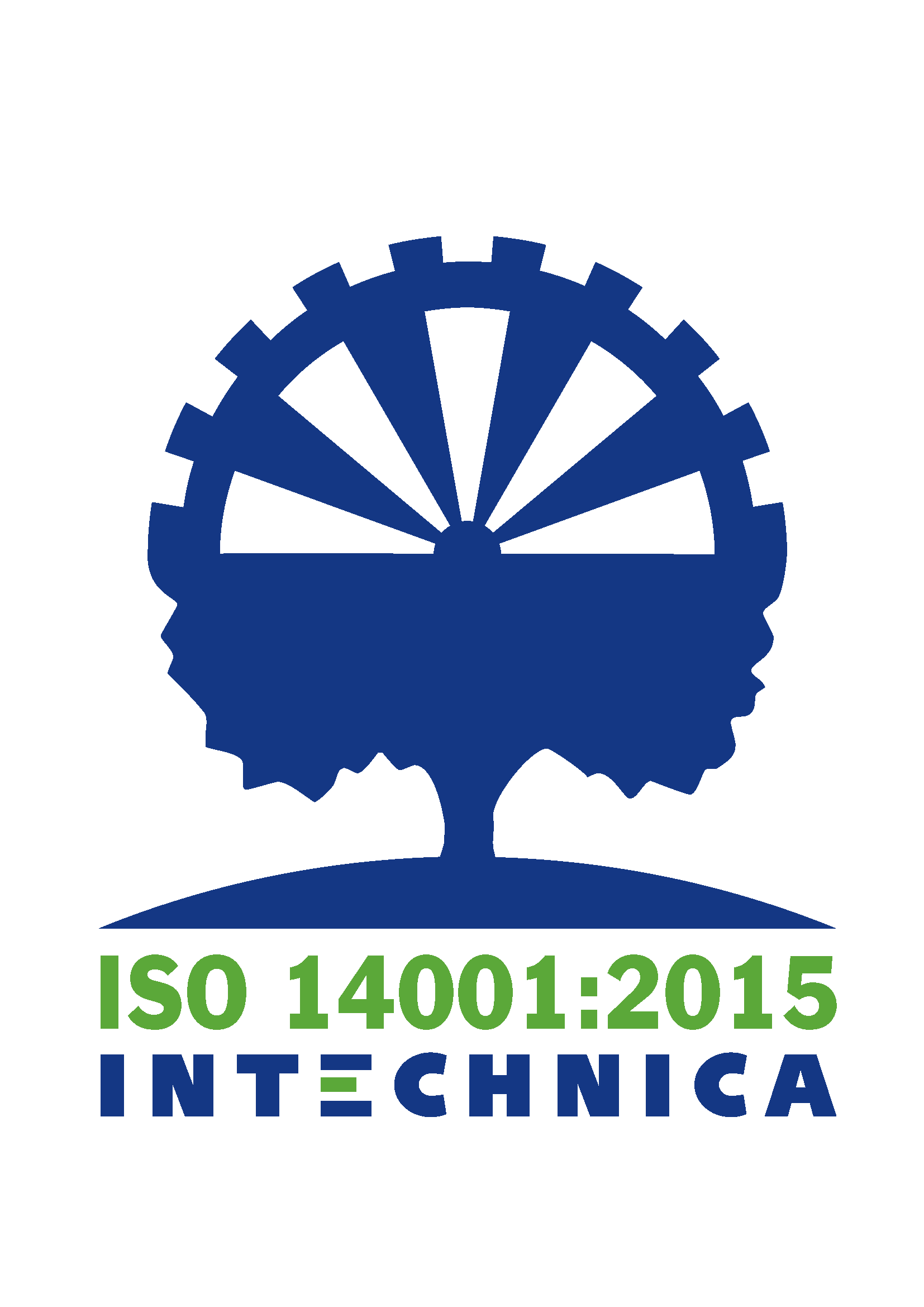Welcome to an article about technical markings! In the world of technology, pen markers are an essential tool. But what exactly are these markings? Spring markings are special markings applied to springs to provide information about their technical characteristics. From load capacity to material type to production batch, spring markings can provide important information that is critical when using and maintaining springs.
To understand the information provided by feather markings, it is important to understand the different types of markings. There are codes, numbers, letters and symbols used to represent specific data. By understanding these markings, industry professionals can quickly and accurately determine and verify the desired springs.
In this article, we’ll take a close look at the different types of technical spring markings and explain how to read and interpret them. Whether you are an engineer, a manufacturer or just interested in springs. If you are interested, this article will help you unlock the secrets of feather markings.
Introduction to technical spring marking
Springs are indispensable in many technical applications. They are used in different industries, from the automotive industry to the electronics industry. In order for springs to be used and maintained effectively, it is important to have information about their technical characteristics. This is exactly where the technical spring markings come into play.
The technical spring markings are used to provide important information about the springs. This information can include, for example, the maximum load capacity, the spring travel or the material type. By reading and interpreting the markings, engineers and manufacturers can quickly select the correct springs and ensure they meet the needs of their applications.
Importance of spring markings in the manufacturing industry
Springs play a crucial role in the manufacturing industry. They are used in machines, devices and products in various industries. Proper selection and use of springs is critical to the safety, performance and longevity of these products. Spring markings play an important role in ensuring the quality and consistency of the springs used.
Spring markings allow manufacturers to identify the correct springs in their production and ensure they meet the required standards. By understanding the markings, they can also avoid problems such as overloading or material incompatibility. Spring markings are therefore an indispensable tool for quality assurance in the manufacturing industry.
Overview of the common types of technical spring markings
There are different types of technical spring markings used depending on the requirements and industry. Here are some of the most common types of markers:
- Codes: Codes are combinations of letters or numbers that contain specific information about the spring. This information can, for example, indicate the spring travel, the wire diameter or the material.
- Numbers: Number markings are used to identify specific characteristics of the spring. For example, a number can represent the maximum load capacity or the spring constant.
- Letters: Letter markings are often used to indicate the material type of the spring. Each letter represents a specific material, for example “S” for stainless steel or “C” for carbon steel.
- Symbol: Symbols are visual representations that represent certain properties of the spring. For example, a symbol can represent a specific spring configuration.
Importance in quality control
In the manufacturing industry, quality control is crucial. Spring markings play an important role in ensuring the quality and consistency of the springs used. By reading and interpreting the markings, manufacturers can ensure that the springs meet the required standards.
Feather markings also make it possible to ensure the traceability of feathers. By tracking the markings, manufacturers can monitor the production process and identify any problems early. This helps to improve product quality and reduce waste.
How to interpret technical spring markings
Understanding and interpreting technical spring markings requires specialist knowledge and experience. Here are some steps that can help you interpret the markings correctly:
- Identify the type of marking: Determine whether it is a code, number, letter or symbol.
- Consult the manual or specifications: Check the manufacturer’s manual or specifications to determine the meaning of each marking item.
- Consider the context: Consider the context of the feather to understand the meaning of the markings. For example, the material type may differ depending on the application.
- Use professional resources: If uncertain, professional resources such as engineering books or experts in the industry can be consulted.
Best practices for application and maintenance
The use and maintenance of spring markings requires care and accuracy. Here are some best practices that can help you apply and maintain marks properly:
- cleanliness: Make sure the surface of the spring is clean and free of dirt or grease before making the marks.
- Correct tools: Use appropriate tools such as marking needles or laser marking systems to achieve accurate and permanent markings.
- Regular inspection: Periodically check the markings to ensure they are legible and intact. If necessary, damaged markings should be replaced.
Compliance and regulatory requirements for technical spring markings
In some industries, technical spring markings may be subject to certain compliance and regulatory requirements. For example, the aerospace industry may have specific marking requirements to ensure the safety and traceability of the springs used. It is important to inform yourself about such requirements and ensure that the markings meet the required standards.
Advantages of using laser technology
Using laser technology for feather marking offers a number of advantages over traditional methods. Here are some of the key benefits:
- precision: Laser markings offer high precision and accuracy. They make it possible to mark detailed information in a small space.
- durability: Laser markings are very durable and resistant to abrasion, chemicals and environmental influences.
- flexibility: Laser markings can be applied to a variety of materials including metals, plastics and ceramics.
- Efficiency: Laser markings can be applied to springs quickly and efficiently, reducing production time.
Conclusion: Increased product reliability through precise technical spring markings
Technical spring markings are an essential tool in the world of technology. They provide important information about the technical properties of springs and contribute to quality assurance. By reading and interpreting the markings, engineers and manufacturers can select the correct springs and ensure they meet the needs of their applications. The use of laser technology for spring markings offers additional advantages such as precision, durability and efficiency. By accurately applying and maintaining spring markings, manufacturers can increase product reliability and ensure customer satisfaction.









Leave A Comment